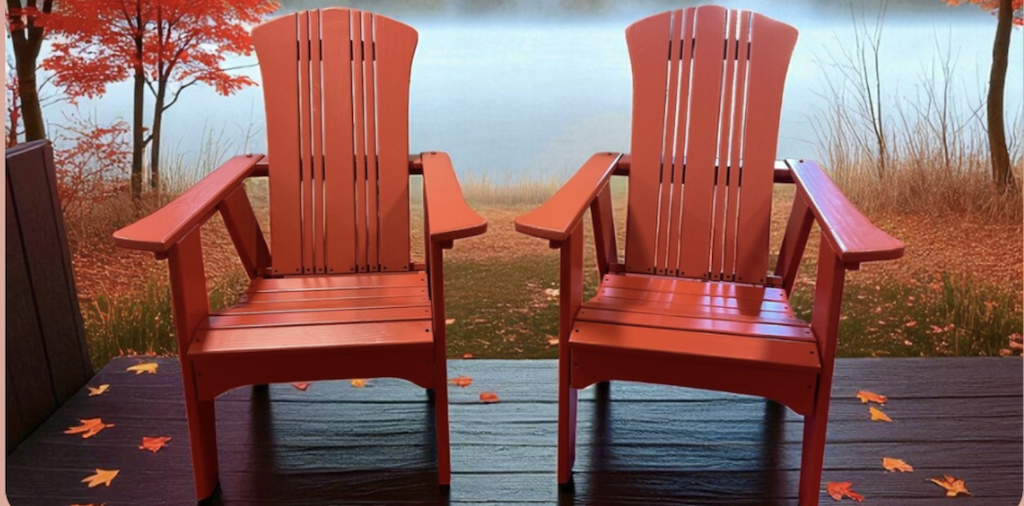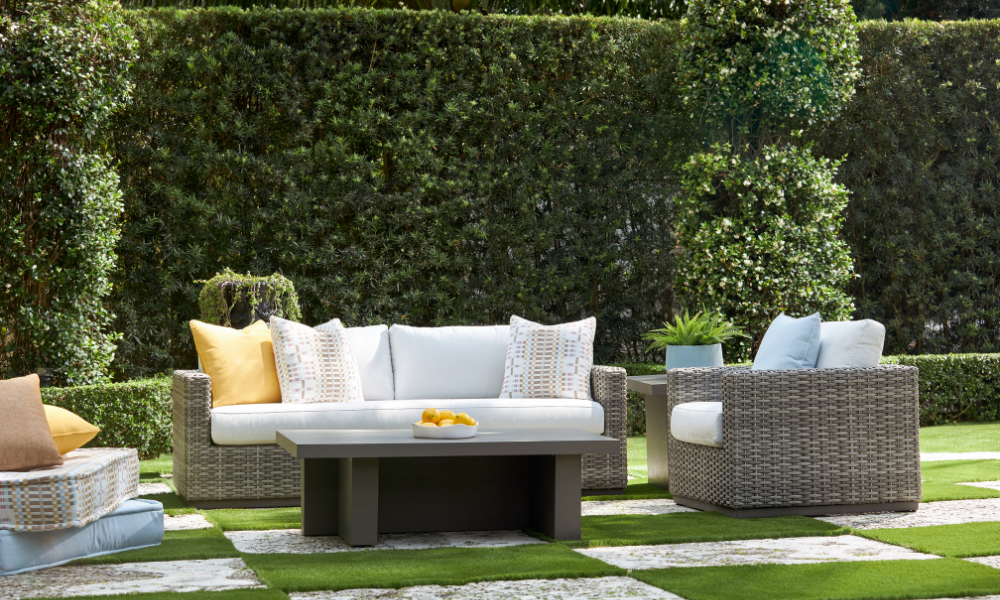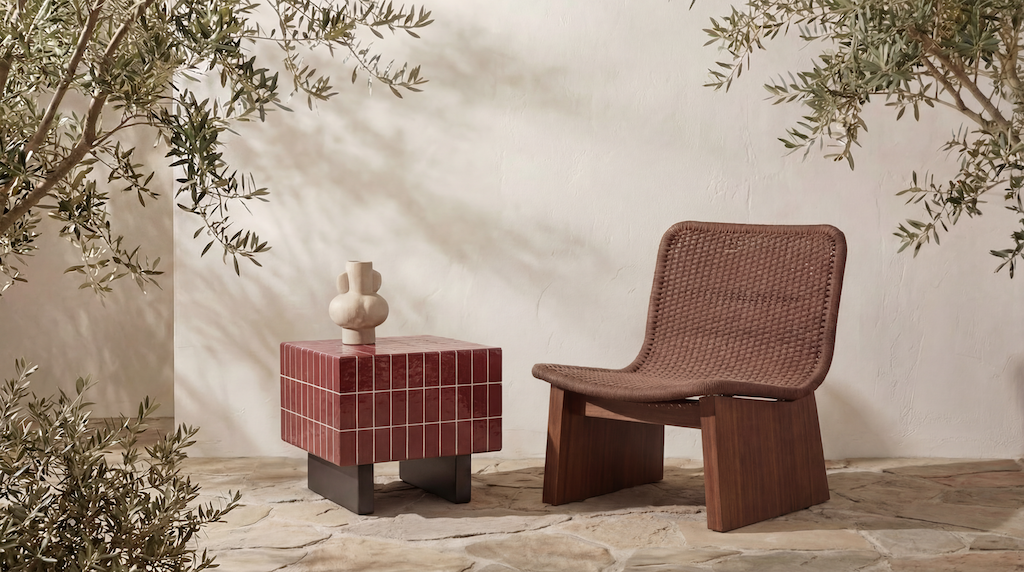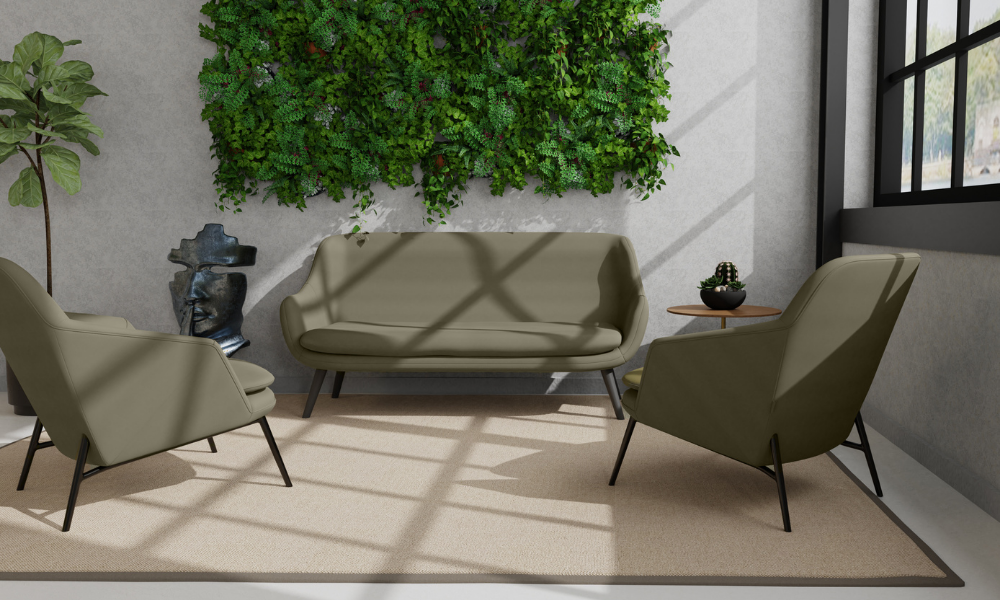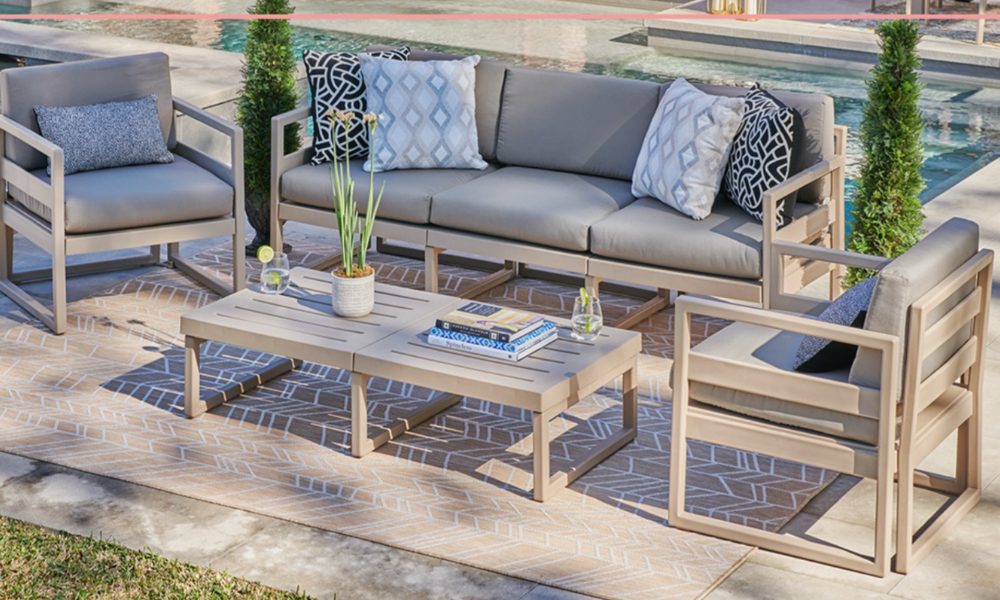
In the outdoor furnishings world today, Ultrafabrics is a name nearly everyone knows. And that’s thanks in part to the hard work put in by Nicole Meier, brand director Ultrafabrics, and her team over the past three years.
Casual News Now caught up with Meier to talk about what’s new at Ultrafabrics and what direction the brand is going in 2022.
First, the company expanded its warranty for manufacturers from two years to five years. Meier said the rationale behind it was the company conducted a thorough assessment of all its markets and looked at return rates over the last five years.
“As we looked through the number, we realized that just shy of 100% of our orders were never returned,” she says. “So looking at the rationale it made sense to pivot.”
The company is also partnering with Lenzing AG, an industry leader in the production of sustainable wood-based fibers. The partnership will see Ultrafabrics as the first and only polyurethane material to incorporate Lenzing AG’s Tencel modal fibers as a backcloth in its collections with 100% reinforced rayon.
Ultrafabrics is on a mission toward sustainability in all aspects of its business. By 2030, it aims to have 100% of its entire product portfolio across 11 markets made of 50% rapidly renewable and/or recycled materials. It’s a bold target that will support the brand’s larger goal of creating materials for the future through a more circular design process.
Tencel modal fibers are mainly manufactured from beech wood, sourced from FSC (Forest Stewardship Council) and/ or PEFC (Programme for the Endorsement of Forest Certification) certified sustainable forests in Austria and neighboring countries. Numerous Lenzing innovations have been integrated into the production of Tencel modal fibers to make the process environmentally responsible.
At the same time, the company is still pushing its newest outdoor product, Coast, which has a soft, supple, almost leather-like look with all the performance needs for outdoor.
“It’s really kind of opening up some more doors for us in the casual market space, which is exciting,” Meier says.
While the company faced similar challenges to others in the industry this past year, a big one they have been adjusting to is creating an experience for our customers that can be executed virtually but still communicate the touch and look of the fabric.

“We relied a lot on video—perfecting our presentations and working closely with the sales team to produce a ton of different digital collateral that can support their process,” Meier says. “And now we’re rethinking our traditional means of merchandising on in this kind of new, like digital space and how we can continue to support the design force that’s still mainly at home.”
The company’s focus on innovation—particularly when it comes to sustainability—has also helped them succeed in difficult times.
“We are looking at it from that lens of continuing to raise the bar on the technology that can support sustainability,” Meier says. “For us, it’s about innovation—looking at recycled or renewable resources, or how we can be better on a manufacturing level. That ingredient of our brand and the resource we want to be—we’re really invested in that.”
As the company looks to the remainder of the year, it’s promoting its recently released annual sustainability report, which features trend insights within sustainability that the company is offering.
In addition to sustainability, other themes the company will focus on this year are senses and color.
“Thinking about all the senses and the fact that we’ve also been so isolated for so long now that everyone really wants an experience and get back together,” Meier says. “So we’re going to be doing storytelling around that. And then finally, color, of course, because that’s something that we’re really big on. We’re trying to inspire our audience.”


